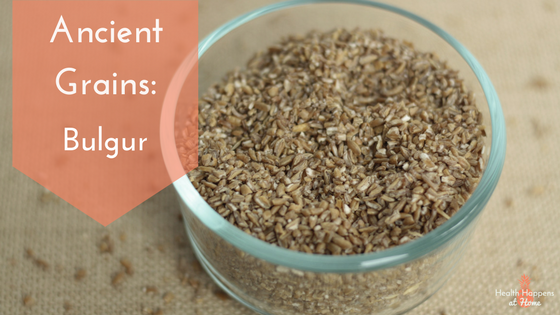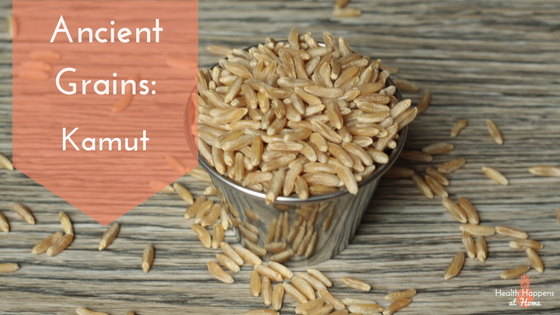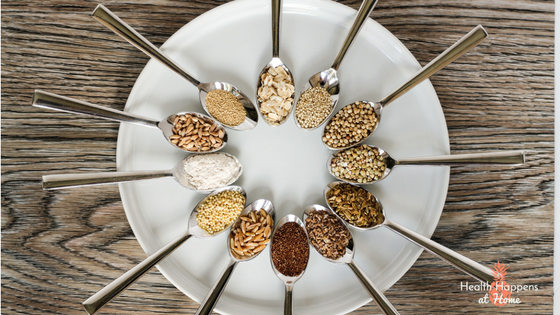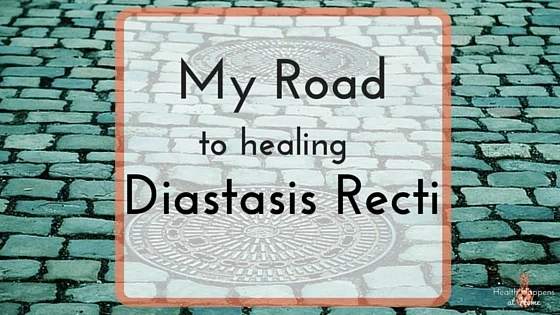Our February meal plan to inspire your own meal planning. Recipe links included.
Ancient Grains: Farro
Facts on Farro:
- Farro is usually farro medio (emmer wheat). For reference, durum wheat is the variety used to make most store bought pasta.
- Farro is most often sold semi-pearled to reduce cooking time. This processing removes some nutrients and fiber.
- Since farro is a variety of wheat, it does contain gluten and is not safe for those with Celiac's disease. Although it does have less gluten than other varieties of modern wheat and may be easier to digest.
- Farro has a chewy texture and a mild, nutty flavor so it makes a good alternative to rice and quinoa.
- Farro also makes a great risotto. It can be added to salads or stews and can be used as a breakfast porridge instead of oatmeal.
- Farro is more common in Italy.
- Farro is higher in protein and fiber than modern wheat varieties
- Farro is a good source of iron, magnesium, zinc, and B vitamins
To prepare farro:
(cooking times may vary based on whether the farro is whole grain, pearled or semi-pearled).
1. Rinse farro in mesh strainer.
2. Combine one part farro to 2.5 parts water or broth (eg. 1 cup farro and 2.5 cups water). Bring mixture to a boil.
3. Reduce heat to a simmer for 20 - 40 minutes (longer cooking times are necessary for whole grain and semi-pearled) until liquid is absorbed and desired tenderness is reached.
4. Fluff and serve.
For more on Farro check out these sources/resources:
http://www.drweil.com/diet-nutrition/cooking-cookware/cooking-with-grains-farro/
https://draxe.com/farro/
Ancient Grains: Unlock the Powerful Potential of Ancient Grains and Transform Your Diet and Health Today by Jessica Campbell
Don't forget that health happens at home,
Erin Marie
Content in this post was first published in the Nutrition Nibbles Monthly Newsletter. Subscribe below to be in the know.
Baked Pasta
A super easy dish for under $3 per serving.
January Meal Plan
Our January meal plan with recipe links.
Ancient Grains: Amaranth
Learn more about the ancient grain amaranth!
Salmon Loaf
#thereciperedux Salmon Loaf. Packed with Omega 3s and my picky eaters gobbled it up!
Healthy Living Motivation
Some links on movement, coffee, self-care and more to inspire healthier living.
The Journey Continues, Life with Diastasis Recti
The journey continues, more on diastasis recti and my review of the MuTu app.
December Meal Plan
My December meal plan with recipe links to inspire your own meal planning. Experimenting with farro (a grain) this month but lots of easy stuff and breakfast because of the business this Christmas season.
Stitch Fix - Review of Fix #2
I tried Stitch Fix again! Read about my second fix here to see if this service is a good fit for you.






















Ancient grain summary of posts including recipes links!